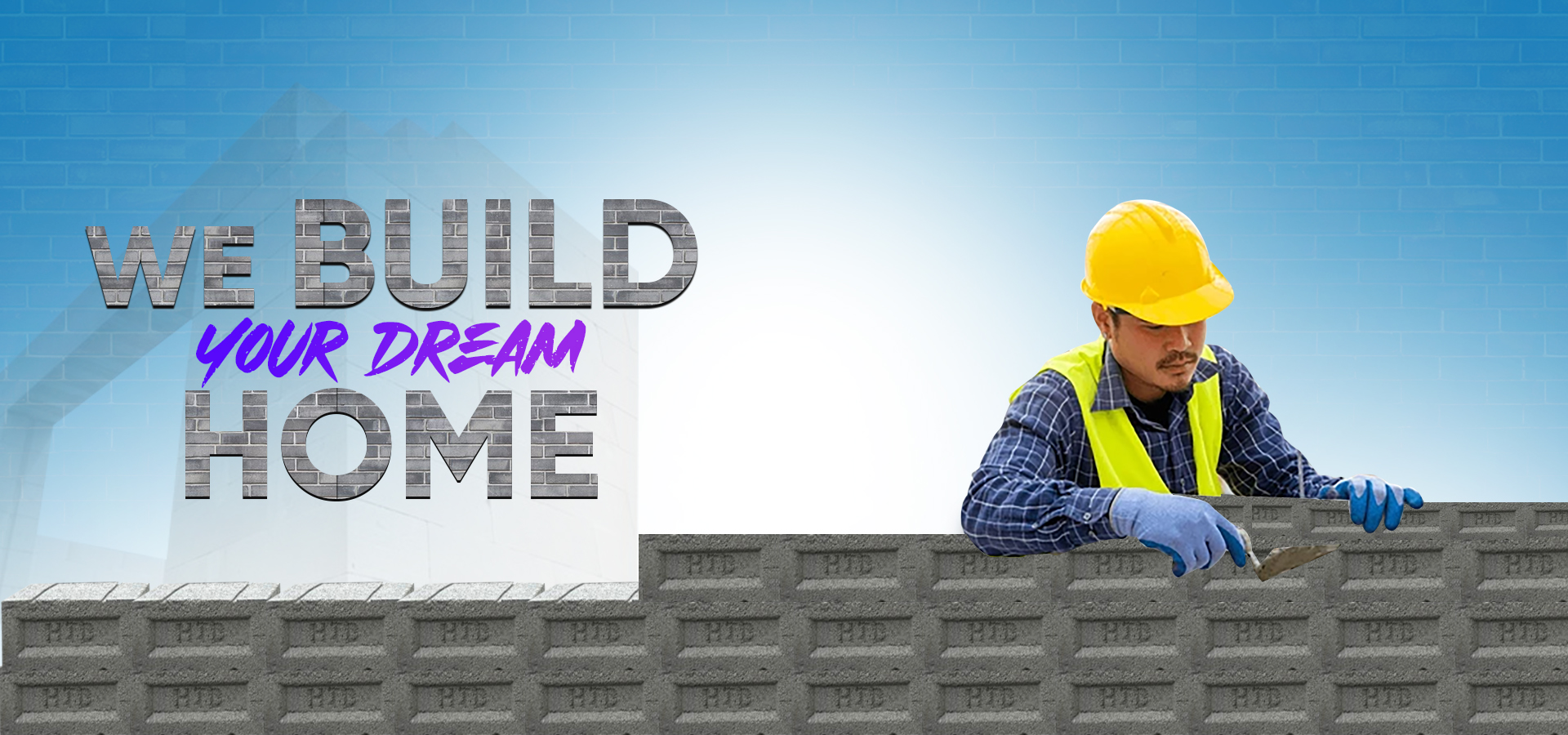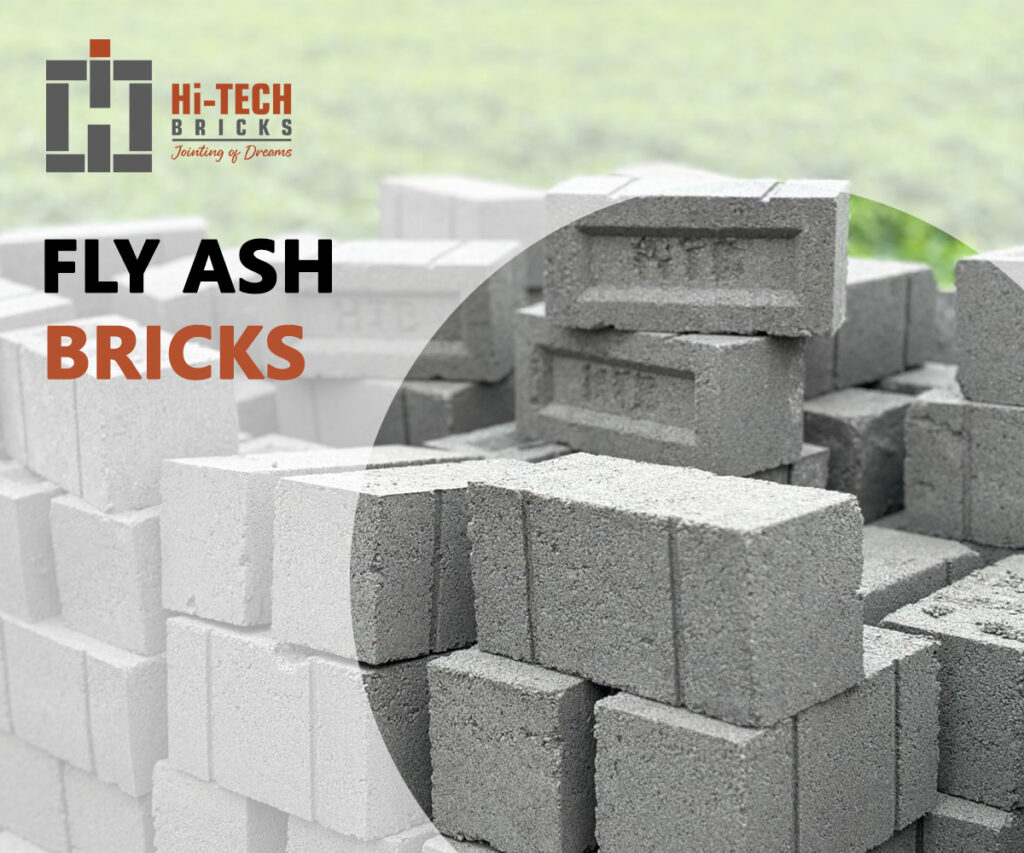

Welcome to Hi-Tech Bricks
since
material
coal fired
PROJECTS
LIFELONG
happy clients

who we are?
What are fly ash bricks ?
FLY ASH BRICKS - KEY PROPERTIES FOR CONSTRUCTION PROJECTS
- Compressive Strength : Fly ash bricks have a compressive strength of 75-100 kg/cm2, making them ideal for load-bearing structures.
- Fire Resistance : The bricks' high melting point and non-toxic nature ensure they won't release harmful fumes when exposed to fire.
- Sound Insulation : Fly ash bricks effectively absorb noise vibrations, creating a calm space.
- Durability : Fly ash bricks are built to last, standing strong against weathering, erosion, and chemical attacks.
- Eco-Friendliness : Crafted from industrial waste materials, fly ash bricks contribute to reducing environmental pollution and minimizing carbon footprint.
WHY FLY ASH BRICKS?
- Composition/Formula
- Warmth/Insulation
- Surface
- Density
- Compressive Strength
- Water absorption
- Self-Weight
Fly ash from coal-fired power plants is the main industrial waste material used to make fly ash bricks. Bricks are made by combining this waste material with water, cement, and sand to create a paste that is molded and dried. Conversely, clay, a naturally occurring resource that is plentiful in many areas, is used to make red bricks. To make bricks, the clay is combined with water, molded, and then burnt in kilns to solidify the shape.
Fly ash bricks are made from industrial waste materials like coal-fired power plants, combined with cement, sand, and water, while red bricks are made from clay, a naturally occurring resource, mixed with water and fired in kilns.
In colder climates, fly ash bricks may not be able to efficiently retain heat due to their weak thermal insulating qualities. Red bricks, on the other hand, provide thermal and acoustic insulation because of their poorer thermal conductivity and higher density. Because of this, red bricks are a better option in settings where controlling temperature and minimizing noise are crucial factors.
Red bricks offer superior thermal insulation due to their higher density and lower thermal conductivity, making them ideal for environments requiring temperature regulation and noise reduction.
Fly ash bricks have a smooth surface finish, reducing building time and expense, while red bricks typically require plastering for a polished, even surface.
Fly ash bricks are lightweight due to their use of fly ash, making them easier to handle, transport, and install during construction, while red bricks, due to their higher density, provide additional strength and stability.
Red bricks are known for their high compressive strength, making them ideal for load-bearing applications, while fly ash bricks have a lower compressive strength, but still provide sufficient strength for construction purposes.
Fly ash bricks have a higher water absorption rate due to their porous nature and fine particles, making them more susceptible to moisture-related issues like efflorescence and spalling, while red bricks have a lower water absorption rate.
Fly ash bricks are lighter and easier to handle, transport, and install than red bricks, making them a smarter choice for construction projects due to their lighter weight and less labour required for transportation and installation.
WHY FLY ASH BRICKS?
Why Choose Us?
vision
mission

our satisfied customer





Mr. Surendra N M & Family

Mr. Surendra N M & Family

Mr. Surendra N M & Family

Mr. Surendra N M & Family

Mr. Surendra N M & Family

Mr. Surendra N M & Family
our latest bogs

best fly ash bricks

best fly ash bricks


